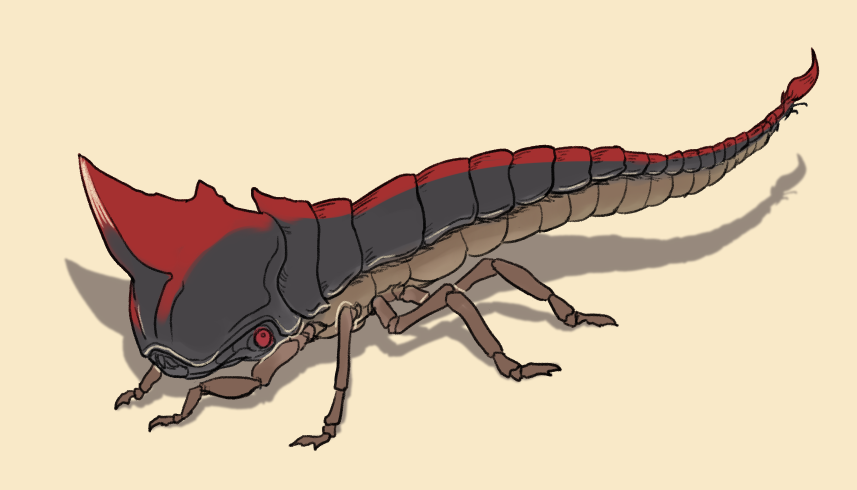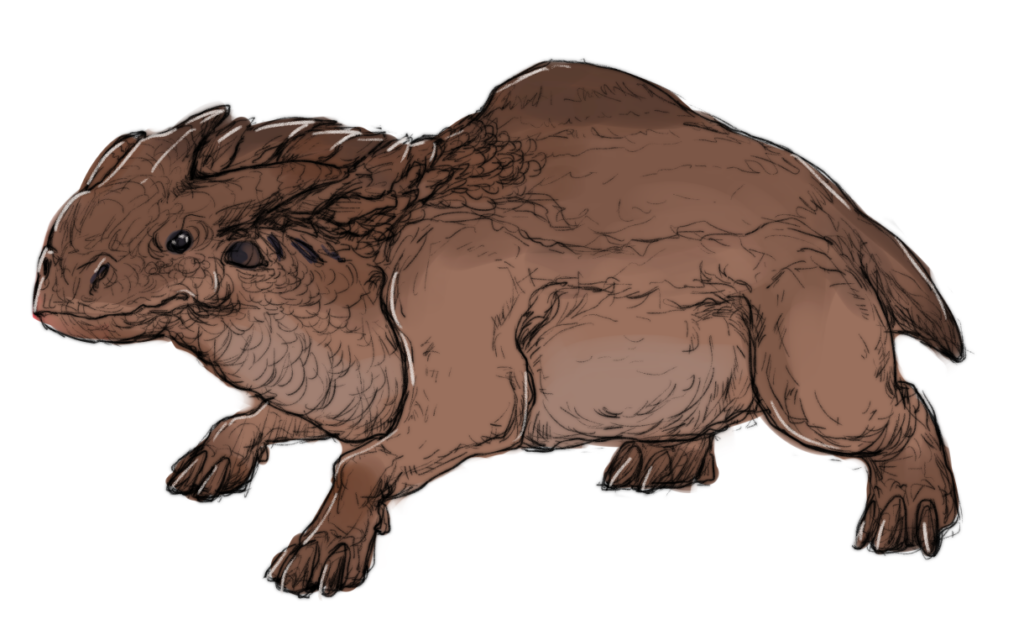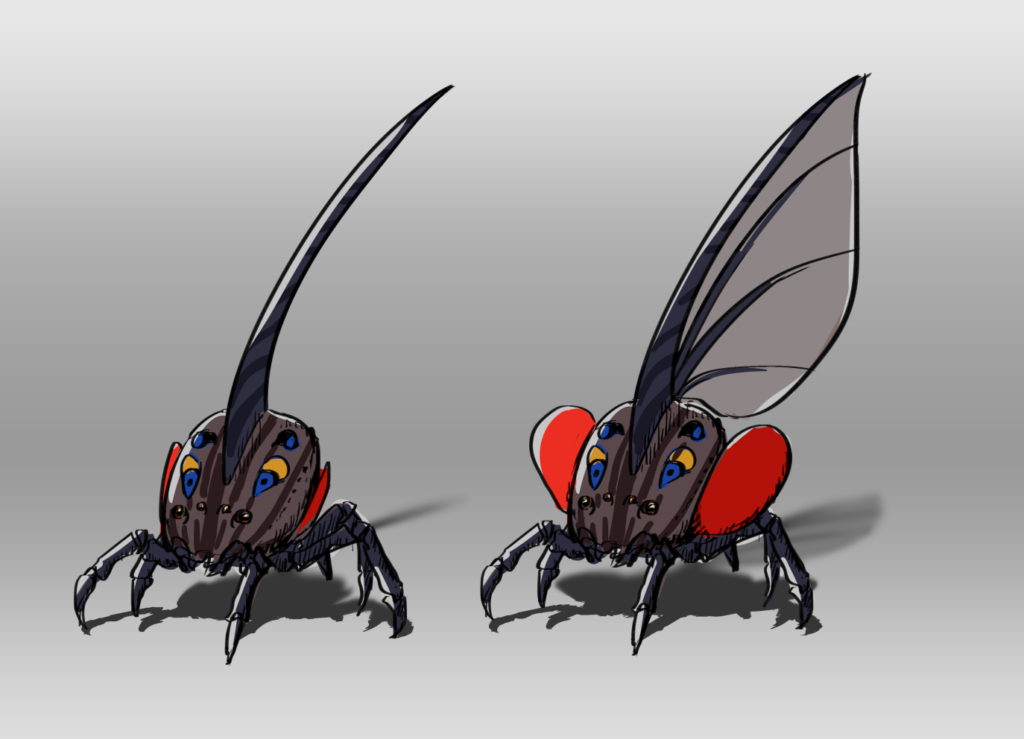The second moon of HKC 2901 d is a rainy and rocky one, dreary in climate but abundant in ores and other natural resources. The locals tend to keep to themselves—many have never stepped foot off the moon, let alone traveled to intra-system planets—and they are exceedingly polite but distant toward strangers. Theirs is predominantly a blue-collar community: most are employed in the processes of extracting, refining, and exporting the raw materials of the moon.
Despite this, they hold close-knit ties within their communities. Children, a rare sight, are safeguarded by every member regardless of blood relations. When one falls ill, others shoulder a share of the work and ensure that they do not go cold or hungry. The heart of each town lives in the hearth, where food is shared in communal meals when the day’s work is done.
The strength of their collective identity might also be owed in part to one unique aspect: due to high concentrations of atmospheric ammonia, every human must wear a breathing apparatus when outside of hermetically-sealed facilities. Over the generations, such apparatus have developed meaning in some cultures as both a symbol of practical protection and spiritual kinship. Some are passed down in families, marked by a lineage of workers. To wear their mask is to also belong to the collective, one of an anonymous whole. Among more religious sects, they have also acquired a meaning of modesty, and believers rarely take their masks off in the presence of others. Tourists tend to exaggerate this meaning to wild misinterpretations; planet-hoppers are especially guilty of this, envisioning romanticized lives of simple labor in exotic small towns. The more gauche souvenir shops found on HKC 2901 d tout overly-decorated and often non-functional masks, advertising sacred or magical effects.
– from System HKC 2901: A Primer, First Edition







